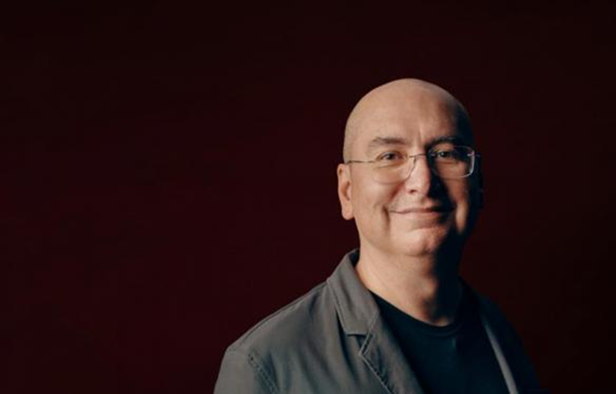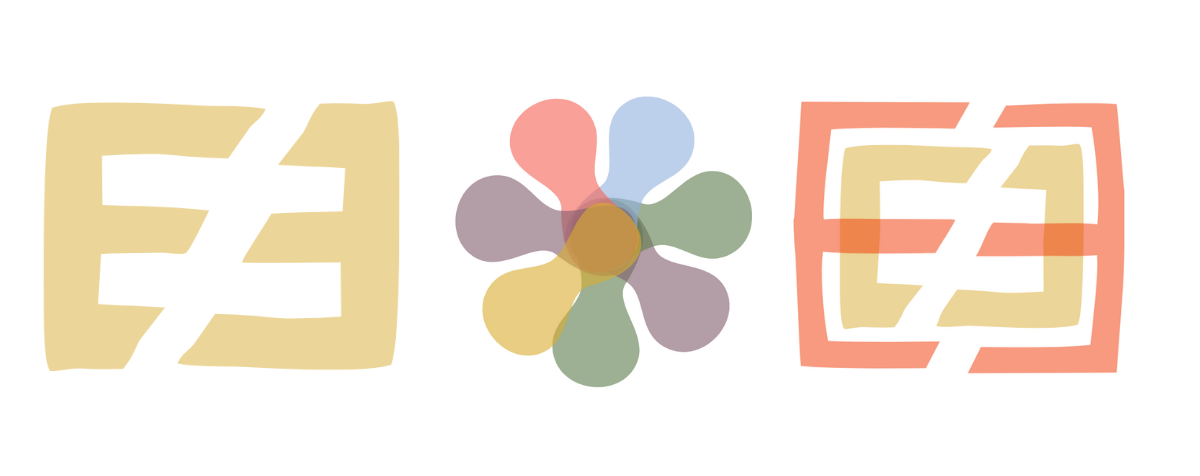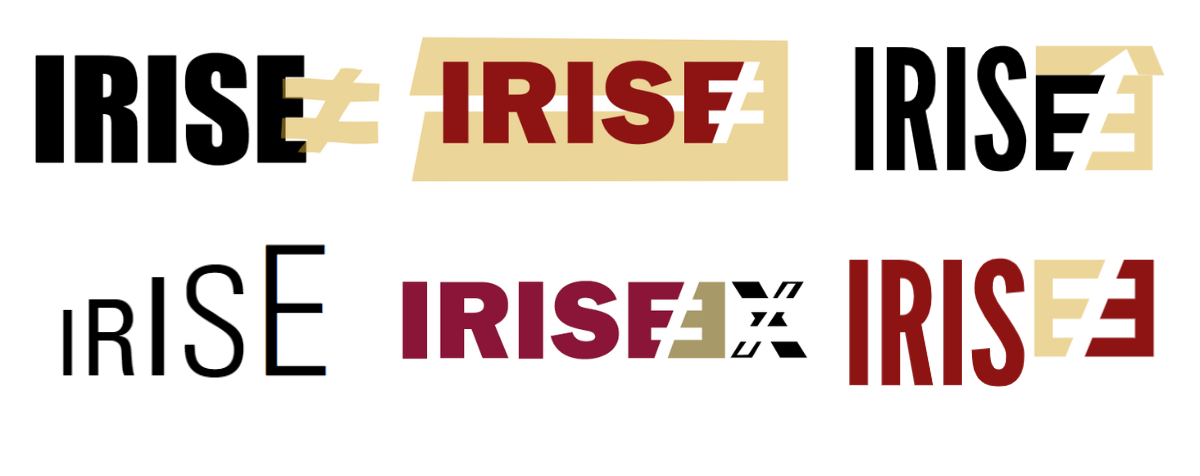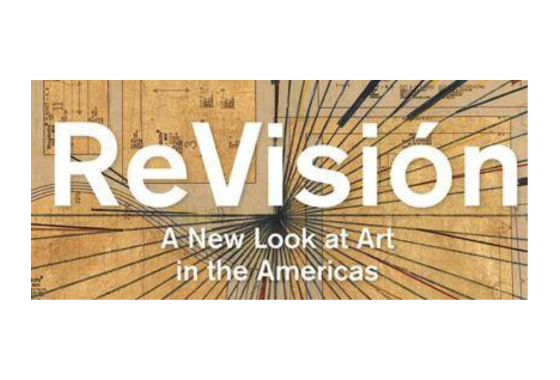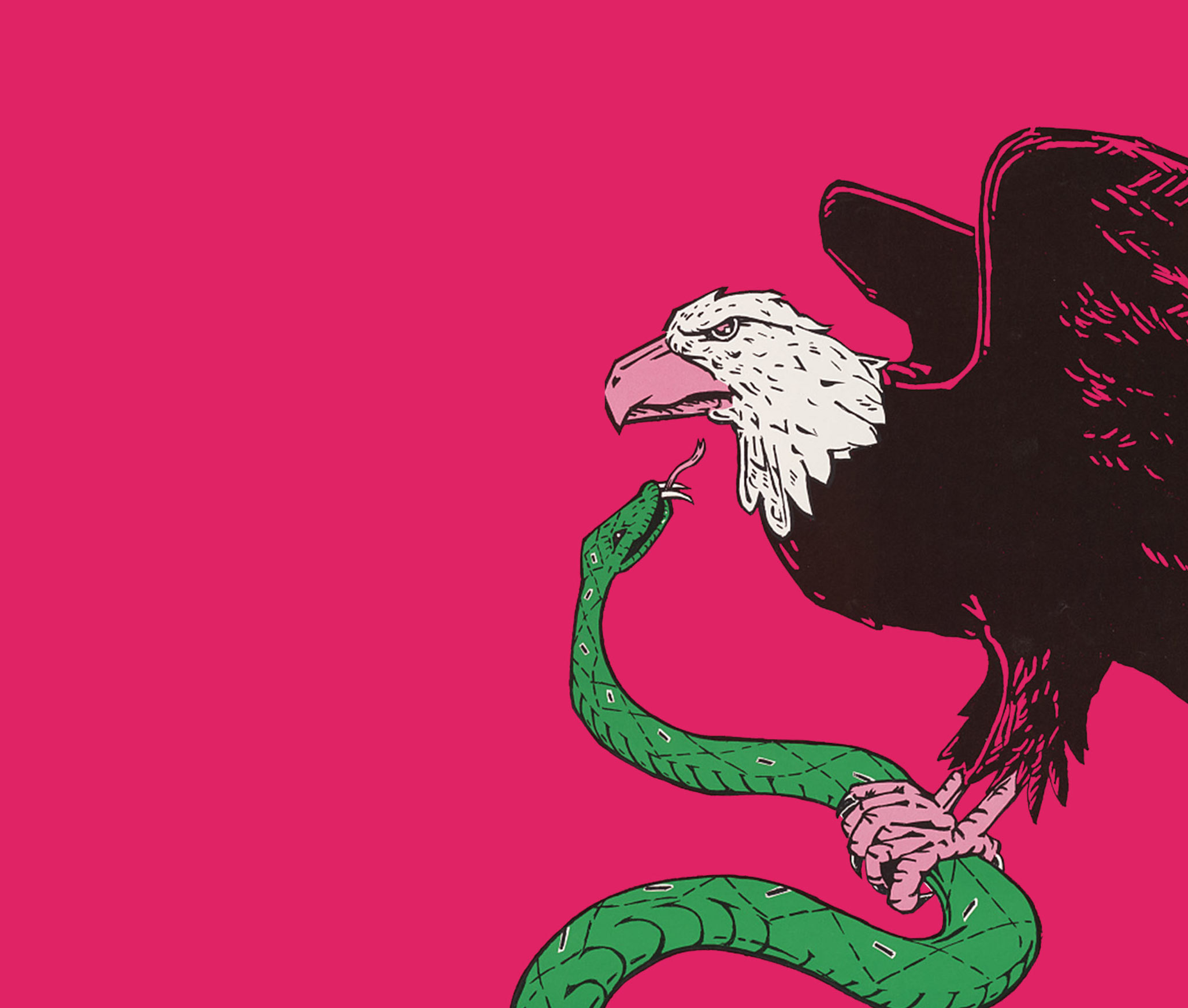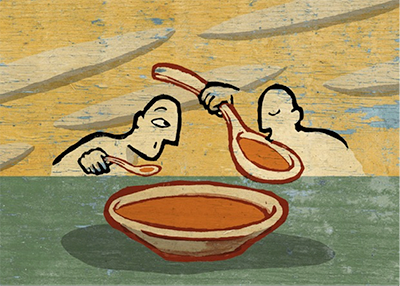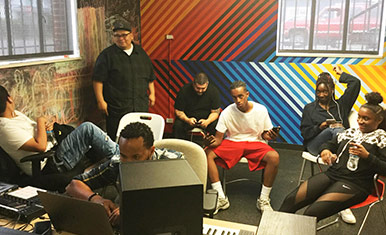Have You Ever Wondered About IRISE’s Logo?
#becauseofirise
IRISE was born from faculty demand and the need to find intellectual synergies and campus community for those of us doing critical and transformative research, scholarship, and creative works on inequity and inequality. One of the founders was Dr. Rafael Fajardo, Associate Professor in the Emergent Digital Practices Program and part of IRISE’s original faculty advisory board. Dr. Fajardo is the creative genius behind IRISE’s logo and we sat down recently to ask him some questions.
Describe how you were involved with IRISE at its founding, 10 years ago?
This is an incomplete history. It has gaps, as does my recollection. My apologies in advance if I’ve forgotten an important contribution. The University was in a position to make some strategic investments. It issued a call for proposals for a set of incubators. I was invited by Dr. Frank Tuitt, along with other members of Faculty of Color Association and the LatinX Center (then the DU Latino Center for Community Engaged Scholarship) to brainstorm and contribute ideas. We were convened with a sense of urgency, and a sense of purpose. We were exploring ideas of systemic and transformational change on several levels — simultaneously. … systemic change in society, systemic change at this institution (and other higher ed institutions), systemic change in its constituent parts (our departments, programs, and colleges). The following questions guided our thinking: How might we foster the study of inequity and of the pathways to equity, internally and at-large? How might we, collectively, build a more just and equitable present and future? How might we support the work of younger scholars who would go on bolster that more equitable future?
Our vision was that scholarship would not look the same as it has to date. By definition, if we were questioning —interrogating — the systems that have institutionalized and reinforced (in)equality then the modes, methods, and outcomes would have to be inclusive of those the academy would find alien.
Tell us about your role in developing the original IRISE logo and its recent 10-year update?
Though I have evolved into a maker of games, my formal training and education is in the field of Graphic Design. I sketch and doodle to think.
Very early in the conversations and meetings that led to the original proposal it became clear that the acronym would need a visual manifestation to help it become comprehensible. The written construct of the parenthesis to signal that we would study both equality and inequality as a complex of systems and their consequences, presented in writing as (in)equality, would need symbolic (re)presentation. It is a poetic construct that signals that something is present, even if we cannot see or hear it.
I doodled and sketched in meetings, and in my free time. I subsequently started a formal investigation in dialogue with the Faculty Advisory Board, to whom I would present sketches (visual prototypes) in progress and two whom I would explain my process and rationales. They would provide valuable feedback, especially if they didn’t see themselves or our values represented in the sketches. Logos are artworks that have to do work in the world. They are also subject to a number of technical constraints. One tries to create something that has the potential for lasting impact. A number of different approaches were tried and rejected.
My thinking began to focus on ≠, the mathematical symbol for “…is not equal to…” and to set that meaning in what visual artists have come to call the “negative” space or counter-form. Infrastructures and substrates are — often — invisible systems and forces that shape, limit, and define the possible. We can come to see infrastructures by contours and edges. Cell phone coverage, wifi, clean potable water, electrical power, bus routes and frequencies, grocery store locations, are all taken for granted — invisible — except in their absence. It is in the absences where we see who is not equal to whom and in what measure. The absence is the substrate of existence for many populations. It is an absence we must acknowledge and work to change.
How has IRISE contributed to your development as a faculty member and or an engaged member of DU?
My participation in IRISE has allowed, afforded, enabled me to think deeply about equity in my creative practices. It has sparked, nurtured, and supported my growth in understanding. IRISE has given me a place to do my homework.
See for example, ReVision: Art of the Americas an exhibition that re-imagines 2000 years of art history from what we now call Latin America. This exhibit features my work with the SWEAT Collaborative. It premiered at the Denver Art Museum in 2021-2022 and it will travel to the Minneapolis Institute of Art this summer. I will also have a solo exhibit at the Southern Utah Museum of Art at the same time.
